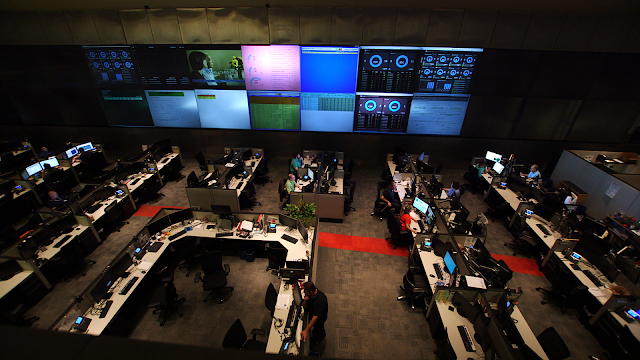Editor's note: This week, we’re sharing two stories from Georgia state government agencies that have gone Google. Today we hear from Jeff Smith, CIO of Georgia Department of Driver Services, which provides secure driver and identity credentials to 3.5 million customers each year. See how Georgia Department of Driver Services saved hundreds of thousands of dollars, reduced wait times by 80% and improved customer service and experience with help from Chromeboxes.
Think about the last time you got a new driver’s license. What was the experience like? I’d bet it involved take-a-number tickets, long lines and outdated computers. Recently, the Georgia Department of Driver Services (DDS) decided to change the image in our offices across the state.
In the years following the 2008 recession, the economy suffered and people feared losing their jobs. As a result, tax revenue was affected and Georgia government agencies faced 10 percent budget cuts across the board. Our management team came up with a creative solution — what if, instead of resorting to layoffs, furloughs or salary reductions, we could cut costs in other ways? Switching to Chromeboxes was one of the ways we saved money to meet the required budget cuts.
We submitted a formal proposal to the state technical authority to use Chromeboxes in our offices, and they gave us the green light once they understood it would be a secure solution. Chrome’s rigorous security settings and features mean we don’t have to worry about a customer data breach. The simple fact that devices store no data and reset automatically at the end of each session makes Chrome a secure solution for our locations.
Since we started using Chromeboxes in 2013, we’ve saved hundreds of thousands of dollars each year and expanded our use of Chrome to create a better customer experience. We designed our central Atlanta customer service center to look more like a mobile retail store than a traditional government office. Instead of sitting behind a reception counter, employees greet customers on the floor and help them fill out applications online at high standing tables. Our staff interacts more personally with patrons and can serve them faster, too — the average wait time in remodeled offices equipped with Chromeboxes has dropped by 80% from 30 minutes to six.
Chromeboxes are so intuitive that patrons of any age, background or technical ability can use them with ease. Some of our patrons know English as a second language, while others, like my dad, have trouble using computers. But it seems that anyone, including my dad, can use Chrome. Patrons also take the written portion of their driving test using these devices. Or, if a customer forgets their required identification documents, they can even use the device to access and securely print a water bill or bank records.
We’ve modernized our office and are now more customer-centric by switching to Chrome. While getting a new driver’s license or ID may never be a thrilling errand, we can now make it an easier and more friendly experience for every customer who walks through our doors.





